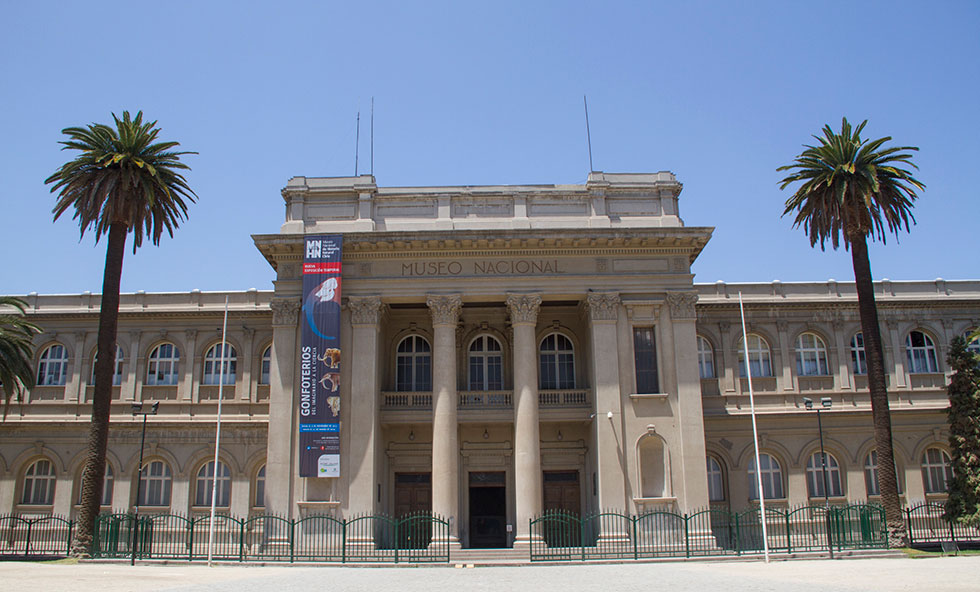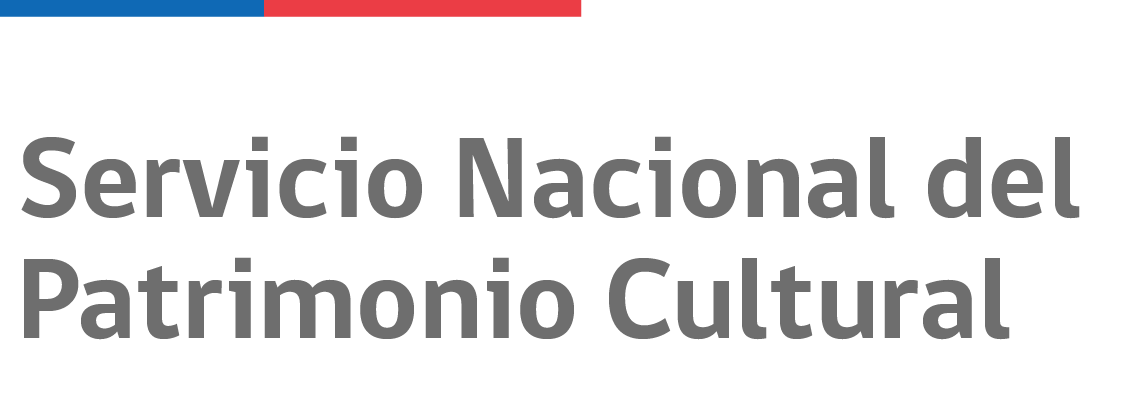
Services:
- Audio guide
- Disabled access
- Guided visits
- Floor map
- Public transport
Opening times:
Admission:
About the institution
The National Natural History Museum is one of the oldest museums in the Americas. It was founded in 1830 by French naturalist Claudio Gay (1800-1873), who had been hired by the Chilean government to undertake a complete study of Chile and "create a cabinet of Natural History with the main plant and mineral productions of the territory".
The building

Façade of National Natural History Museum.
The building occupied by the Museum was designed by French architect Paul Lathoud as the seat of the International Exhibition held in Chile in 1875. With its imposing entrance, the two-story building is on a scale that, for its time, was monumental.
It reflects the historical importance Chile attached to the Exhibition in which the United States, the main European countries and most other Latin American countries participated.
Built in the neoclassical style, the building has been a National Monument since 1991.
Inside the Museum
The Museum's collections are divided into six principal areas:
- Anthropology (including archaeological and ethnographic objects from different cultural groups in Chile, the rest of the Americas and other regions)
- Botany
- Entomology
- Paleontology (including fossils and specimens of minerals)
- Invertebrate zoology
- Vertebrate zoology
As well as conserving its collections, the Museum carries out research in these areas.
The Museum's most famous exhibit is the skeleton of a whale that washed up on the coast near the port of Valparaíso in 1889. Dominating the main hall, it measures almost 16 meters in length.
The Abate Juan Ignacio Molina Scientific Library - named after an eighteenth-century Jesuit priest who wrote extensively about Chile's natural history - which forms part of the Museum, is one of the country's most important scientific libraries.
Don't miss
The Chile Biogeográfico (Biogeographical Chile) exhibition on the first floor was originally created in 1982 but was completely renovated in 2010-2012 (when the Museum was closed for repairs after the 2010 earthquake). It traces the history of Chile's flora and fauna from the Big Bang through to the present day and across the country's different geographical regions.
In addition, it includes two stations - Research and Collections - that give visitors a glimpse of the work the Museum carries out behind the scenes, such as the restoration of collections of different types and the conservation of old books. Audio guides are available in English and Spanish and the exhibition has Bluetooth download points.



